-
 6,00 € × 1×€6
6,00 € × 1×€6
Customer matched zone "Locations not covered by your other zones"
“Tradescantia sillamontana Variegata” has been added to your cart. View cart
Tradescantia sillamontana Variegata
A fuzzy, bright yellow, drought-resistant, indoor plant
Rated 0 out of 5
0 customer reviews
6,00 €
Only 13 item(s) left in stock!
Tags: duveteux, evergreen, feuillage persistant, fuzzy, graphique, plant, potted plant, secheresse, vivace, vivace en pot
SKU: pda222
Category: Better Indoors, Bouquet, Evergreen, Make it Pop, The Stunners

Tradescantia sillamontana Variegata
6,00 €
Only 13 item(s) left in stock!
Tradescantia sillamontana Variegata is a semi-succulent perennial in the Commelinaceae family, prized for its fuzzy, silvery-green leaves with creamy-white variegation and soft purple-pink flowers .
Native to northeastern Mexico, this cultivar is a heat- and drought-tolerant ornamental, perfect for rockeries, borders, and containers, where its trailing or spreading habit adds texture and color.
The soft, silvery fuzz on Tradescantia sillamontana Variegata helps protect it from intense sun and arid conditions, giving it a naturally “cozy blanket” appearance, which gardeners love for both texture and resilience.
The white hairs covering the surface of her leaves allow her to limit the evapo-transpiration by which plants control their temperature, but in very high temperatures, expose themselves to dehydration.
-
- Indoor in Pots – the foliage will remain the same throughout the winter season.
- Outdoors in Garden boxes – the foliage will fall off during the winter months and return in full force in the spring.
The growth of the Tradescantia sillamontana Variegata is slow – especially compared to Tradescantia pallida or Tradescantia zebrina
Learn more about the Tradescantia family:
The Tales & The Botany: Tradescantia sillamontana Variegata
The hairs that cover the surface of the leaves on the Tradescantia sillamontana Variegata are called trichomes (/ˈtraɪkoʊmz, ˈtrɪkoʊmz/; from Ancient Greek τρίχωμα (tríkhōma) ‘hair’) are fine outgrowths or appendages on plants, algae, lichens, and certain protists.
And just as with mammal hair (for beauty, for camouflage, f0r attraction, for insulation, for distraction), the trichomes have a variety of different functions.
We saw limiting evapo-transpiration, but there is also providing insulation from frost, increasing light reflectance in desert species, protecting the cell tissue… and more
Trichomes are really interesting – doing a deep dive will only make you a happier plant owner.
Tradescantia, commonly called spiderwort, is a genus in the Commelinaceae family, comprising around 75–90 species of perennial herbs.
Native to the Americas, especially Central and South America, these plants are prized for their vivid foliage and delicate, three-petaled flowers, making them favorites for borders, rockeries, and indoor displays.
The genus was named by John Tradescant the Elder, a 17th-century English botanist and gardener who introduced many North American plants to Europe.
In fact, Tradescantia was one of the first North American plants introduced to European gardens in the 17th century, and some cultivars are now so widespread they are considered naturalized in many temperate regions worldwide.
🌸Floral Morphology: Tradescantia sillamontana Variegata
Tradescantia sillamontana Variegata flowers are small, actinomorphic, and trimerous, with three purple petals.
Flowers are borne in clusters (cymes) at the tips of stems and are short-lived, often opening for a single day but produced in succession to provide extended bloom.
Leaves are alternate, simple, and often lanceolate, with a succulent or slightly fleshy texture in some species. Many cultivars have variegated or purple-tinged foliage, adding ornamental value even when the plant is not flowering.
🍃Reproductive Biology
Tradescantia species are hermaphroditic, capable of self-pollination, though insects such as bees and hoverflies are the primary pollinators.
Fruits are capsular, splitting into three sections containing small seeds.
Some species also propagate readily via stem cuttings, which root easily in soil or water, making Tradescantia a favorite for vegetative propagation and indoor plant enthusiasts.
🌍Ecology & Adaptations
Tradescantia thrives in temperate to subtropical environments, so in France we’re limited to using them in:
-
- Container and indoor gardening: Compact and trailing varieties are ideal for pots and hanging baskets.
Key adaptations include:
-
-
Rapid vegetative growth.
-
Easy propagation
-
Moderate drought tolerance
-
Pest resilience
-
Foliage interest
-
Other Names:
I would like to propose ‘Fuzzy Wuzzy’ to the committe, as an official name for Tradescantia sillamontana Variegata and see where it lands.
Origin:
Mexico
| Weight | 0,5 kg |
|---|---|
| Flower Color | 🟣 Purple |
| Flowering | June, November |
| Soil | Dry/Rocky |
| Exposure | Full Sun |
| Size | 0.2m H x 0.5m W |
Reviews
0
Rated 0 out of 5
0 customer reviews
5
0
4
0
3
0
2
0
1
0
Only logged in customers who have purchased this product may leave a review.
Related Products
Echinacea purpurea
A perennial with purple flowers all summer long
A perennial with purple flowers all summer long
Rated 0 out of 5
Euphorbia cyparissias Clarice Howard
A Euphorbia that resembles a soft little cyprus tree
A Euphorbia that resembles a soft little cyprus tree
Rated 0 out of 5
Veronica spicata
A flowering plant in the family Plantaginaceae that produces graphically striking, blue candle-like flowers.
A flowering plant in the family Plantaginaceae that produces graphically striking, blue candle-like flowers.
Rated 0 out of 5
Solidago ‘Golden Shower’
Beautiful showers of yellow flowers
Beautiful showers of yellow flowers
Rated 0 out of 5
Euphorbia myrsinites
Known for its draping form of silver-gray foliage and radiant blooms.
Known for its draping form of silver-gray foliage and radiant blooms.
Rated 0 out of 5
Tradescantia Blushing Bride
Gorgeous blushes of pink and white that appear in the coldest nights.
Gorgeous blushes of pink and white that appear in the coldest nights.
Rated 0 out of 5
Aptenia cordifolia Variegata
A succulent plant in the iceplant family with bright carmine flowers.
A succulent plant in the iceplant family with bright carmine flowers.
Rated 0 out of 5
Heuchera x villosa ‘Black Pearl’
Striking jet black, highly tolerant, adaptable Heuchera.
Striking jet black, highly tolerant, adaptable Heuchera.
Rated 0 out of 5
Persicaria Donald Lowndes
A low spreading, ground cover plant with short pink pokers of small flowers all summer long.
A low spreading, ground cover plant with short pink pokers of small flowers all summer long.
Rated 0 out of 5
Mentha suaveolens ‘Calixte’
A yellow-green dappled variation of the fuzzy mint.
A yellow-green dappled variation of the fuzzy mint.
Rated 0 out of 5
Mertensia maritima
A deciduous perennial with fleshy, blue-grey-green leaves that naturally thrives on the wind and sea swept coasts
A deciduous perennial with fleshy, blue-grey-green leaves that naturally thrives on the wind and sea swept coasts
Rated 0 out of 5
Achillea ptarmica Boule de Neige
White pompom flowers to attract bees to your garden all summer long.
White pompom flowers to attract bees to your garden all summer long.
Rated 0 out of 5
Leonotis leonurus
Known for its magnificent orange flowers and fragrant leaves
Known for its magnificent orange flowers and fragrant leaves
Rated 0 out of 5
Trachelospermum asiaticum ‘Ogon Nishiki’
Jasmine with colorful foliage and lovely white flowers in summer
Jasmine with colorful foliage and lovely white flowers in summer
Rated 0 out of 5
Mentha x gracilis ‘Variegata’
A striking mint with striped and flecked golden-yellow leaves that are gingery-minty.
A striking mint with striped and flecked golden-yellow leaves that are gingery-minty.
Rated 0 out of 5
Echinops ritro
Tall, electric blue globe thistles
Tall, electric blue globe thistles
Rated 0 out of 5
Crassula perforata
A slow-growing succulent with graphic rambling stems
A slow-growing succulent with graphic rambling stems
Rated 0 out of 5
Billbergia nutans
A bromeliad featuring a three colored, striped flower
A bromeliad featuring a three colored, striped flower
Rated 0 out of 5
recent view product
Rosmarinus officinalis
A drought tolerant, aromatic, perennial that is the center of Mediterranean cuisin
A drought tolerant, aromatic, perennial that is the center of Mediterranean cuisin
Rated 0 out of 5
Achillea millefolium Red Velvet
A flowering perennial known for its deep red flowers and long flowering season.
A flowering perennial known for its deep red flowers and long flowering season.
Rated 0 out of 5
Sedum album
A low, multi-color ground cover.
A low, multi-color ground cover.
Rated 0 out of 5
Lotus hirsutus
A semi-evergreen shrub with soft, silver-grey leaves that loves the sun
A semi-evergreen shrub with soft, silver-grey leaves that loves the sun
Rated 0 out of 5
Cerastium tomentosum var. columnae
A grey-green spreading ground cover from the mountains.
A grey-green spreading ground cover from the mountains.
Rated 0 out of 5

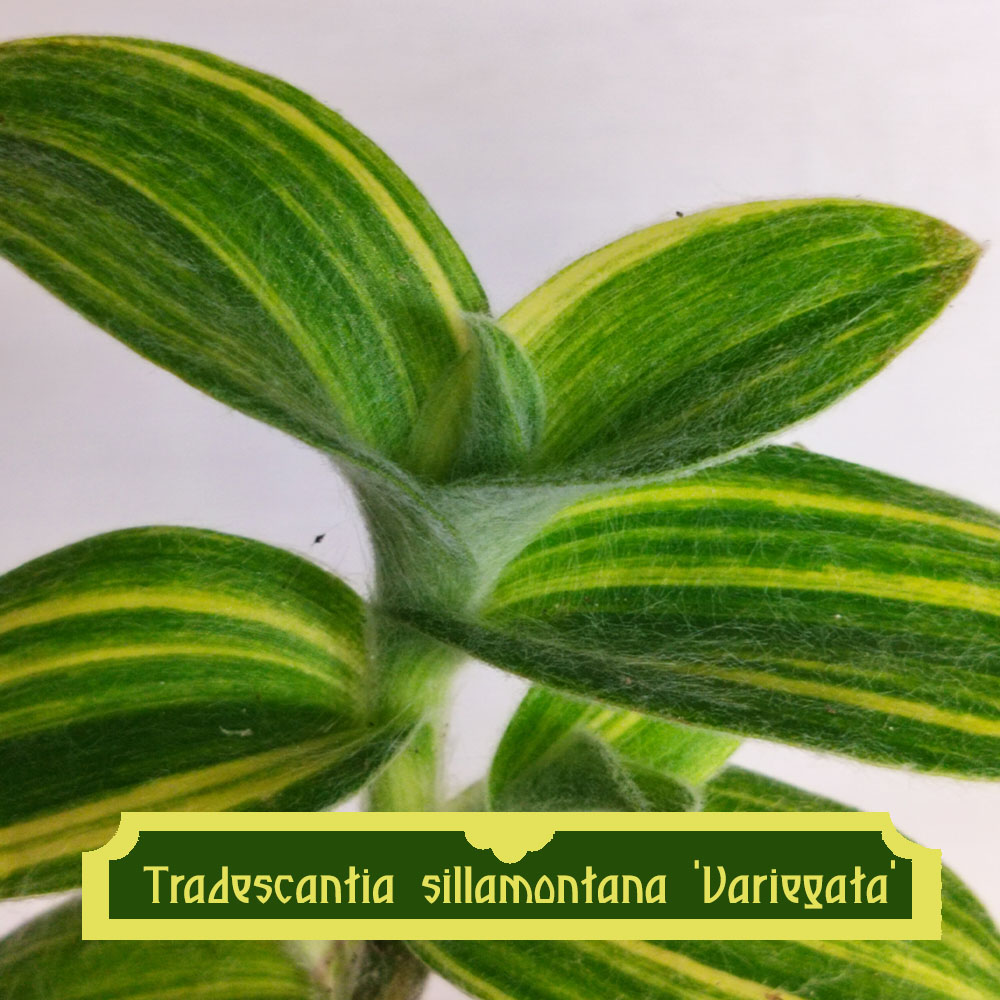
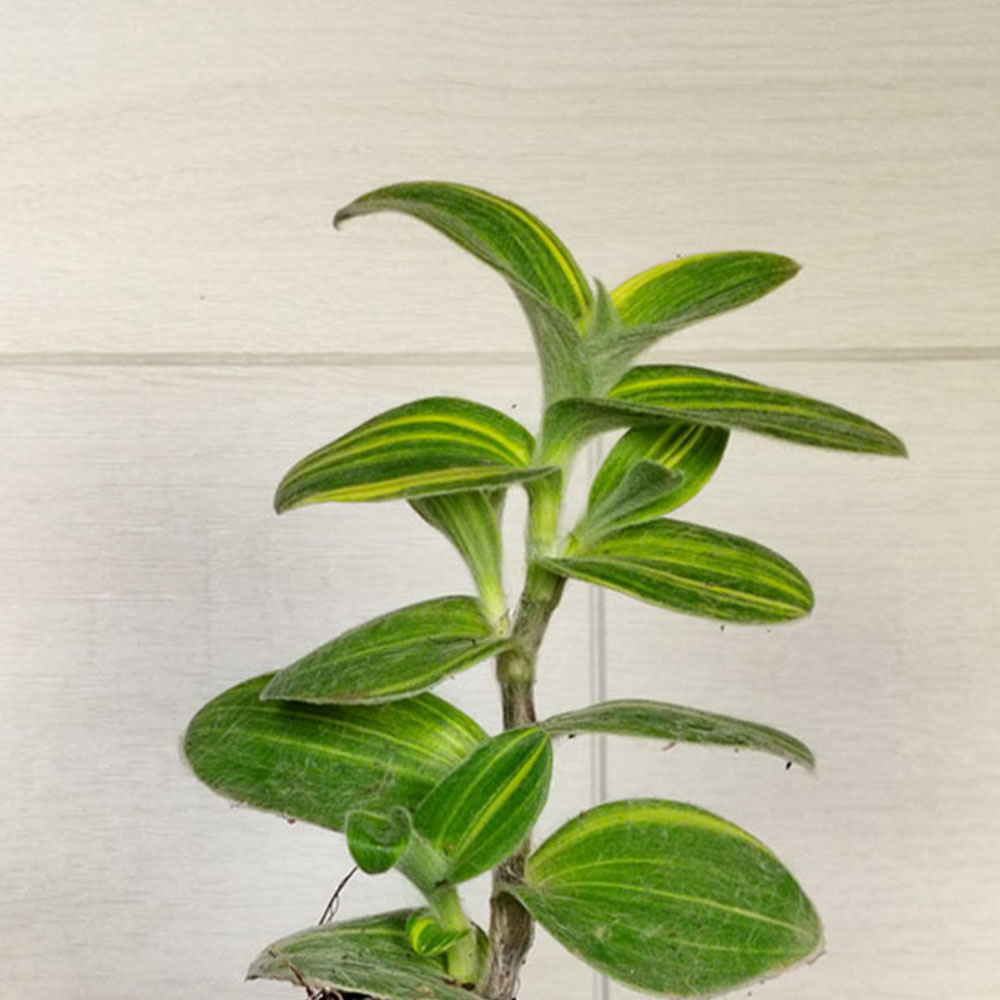
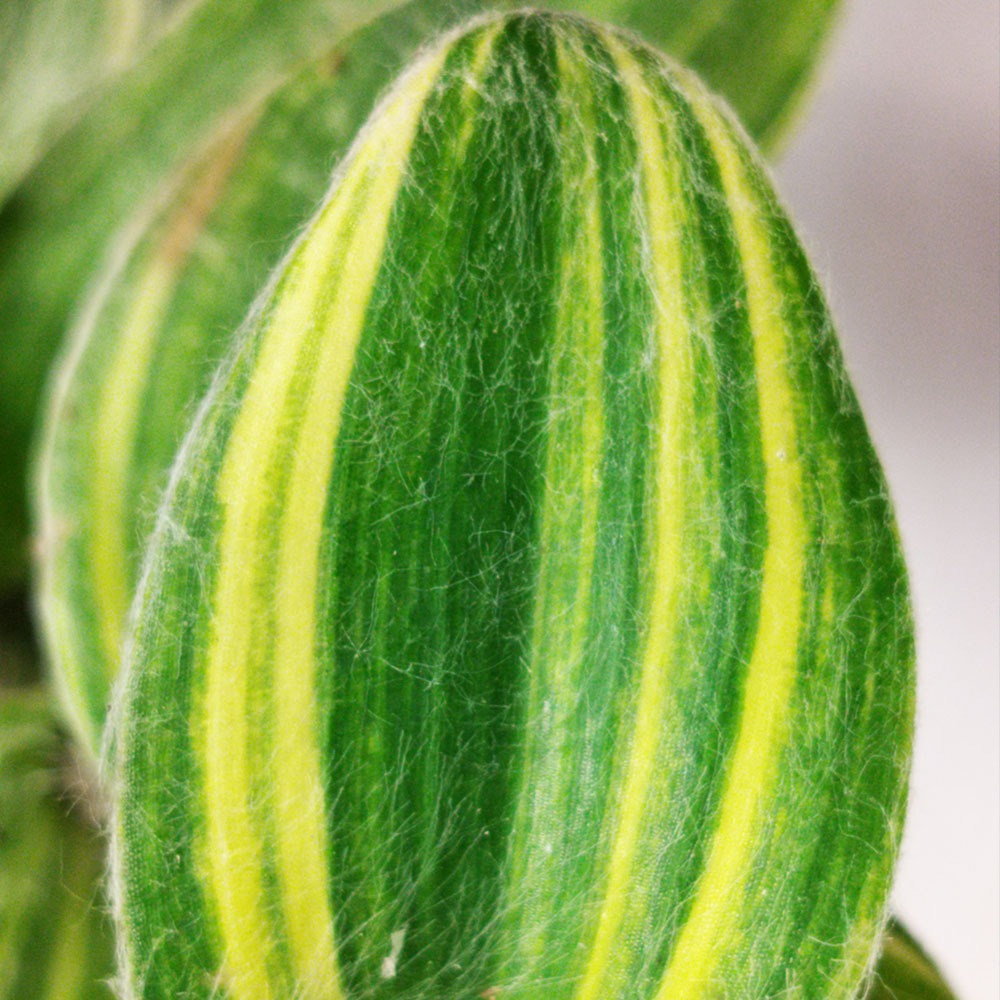
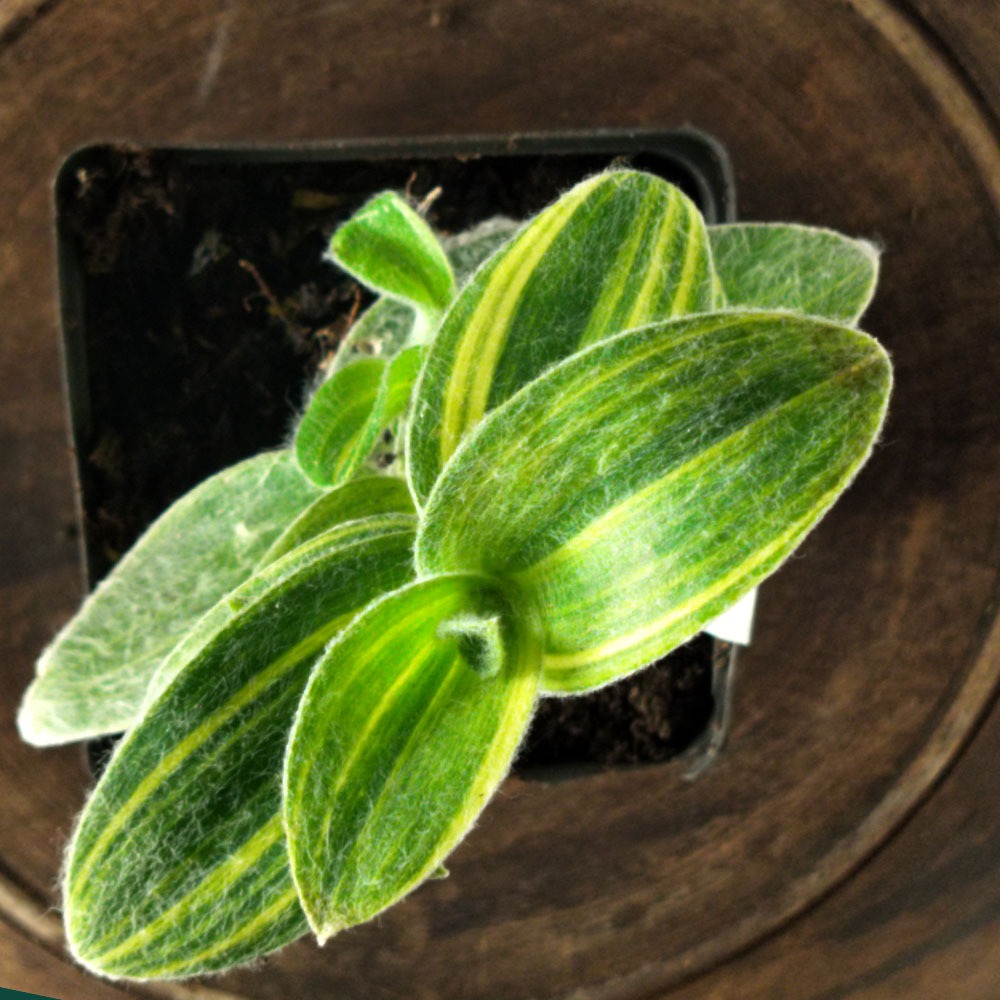
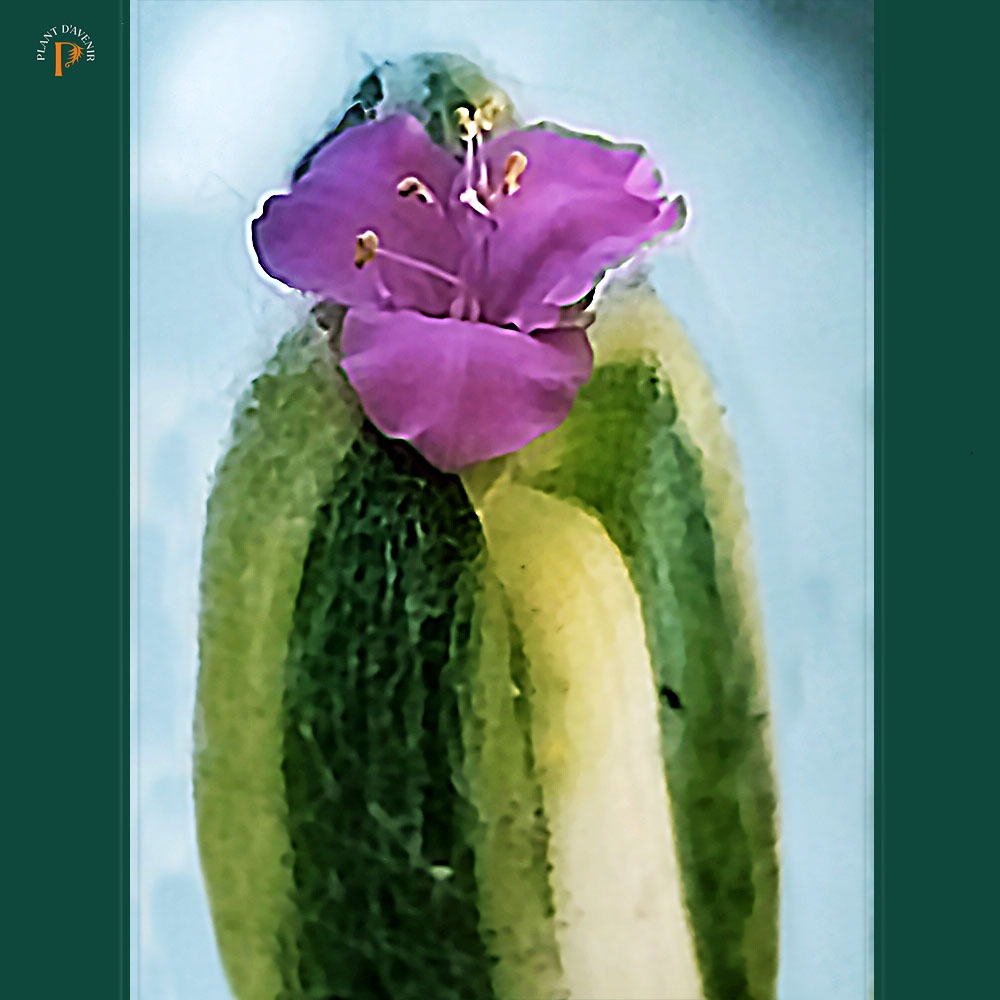

















































There are no reviews yet.